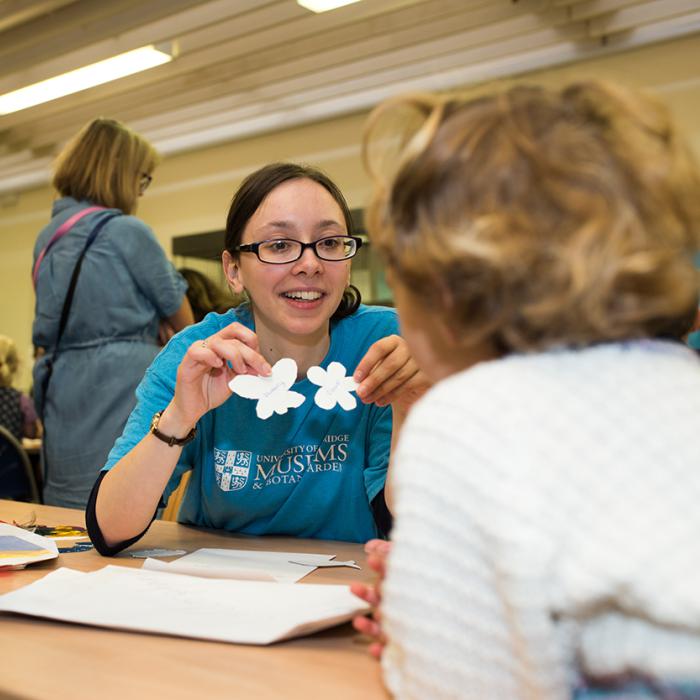We offer facilitated workshops and self-led visits. There is no charge for our school sessions, but we welcome donations to support the Museum learning programme (recommended donation of £3 per child). Get in touch with the Museum Education Coordinator to discus your visit museumeducation@esc.cam.ac.uk
Self-led visits
Led by you, available all day Monday – Friday during term time.
School visits
To book a school visit please visit our webpages which have extensive information about what we can offer your school and how to book.
Browse our workshops by Key Stage
School Visits
On Wednesdays, the Polar Museum although closed to the general public, will be open for pre-booked school group visits (one morning/one afternoon). Priority will be given to school groups who are visiting as part of a polar project. This arrangement will last until the end of 2021. You will lead your group around the museum accompanied by a member of our education team. We are happy to lend you clipboards and pencils. There is a suggested donation of £1 per child for a class group visit to the Polar Museum.
Home school challenges
Rituals and Beliefs focuses on the scene from a plaster cast taken of a stone lintel from the doorway of a temple in the city of Yaxchilan, now in modern day Mexico, and dating from 709AD.
The images depict a blood-letting ritual being performed by Lady K'ab'al Xook and her husnabd King Shield Jaguar. Lady K'ab'al Xook can be seen pulling a rope of thorns through her tongue in order to collect blood in a bowl filled with bark paper. Both figures are wearing jade and obsidian jewellery and dressed in resplendent costumes made fo fur and elaborate fabrics.
How did the ancient Maya express their identity? What objects did they use to show their power? What can archaeology tell us about Maya life? These are some of the questions we will discuss while students learn how to read a Maya monument and handle objects from Central and South America.
How does burning fossil fuels threaten Antarctic marine life?
This experiment demonstrates the link between increasing carbon dioxide levels and ocean acidification and freshening oceans. Freshwater and more acidic water in the oceans make life harder for Antarctica’s marine animals.
The experiment and video were made by Nick Barrett. Nick is a PhD student at the University of Cambridge Earth Science Department and The British Antarctic Survey investigating the resistance of Antarctic marine species to predicted freshening and lower salinity in the Southern Ocean.
Meet the Deep Earth Research Team and find out why and how they study the Deep Earth, and what the team are currently working on.
Visit the Deep Earth Explorers online exhibition to find out more about their exciting research to find answers to the many open mysteries we still don't understand about our planet. The exhibition includes interactive models of the layers of the Earth.
When an earthquake occurs energy spreads outwards, shaking the ground as it goes. Just like when you drop a pebble into a pond and see the ripples spreading outwards on the surface, the energy from an earthquake also spreads outwards.
In this experiment you will find out about the different types of earthquake waves.
Download the instructions and information sheet
When an earthquake occurs near a town or city it can cause lots of damage. In areas where there are lots of earthquakes, engineers must design earthquake-proof buildings which sway with the motion of the earthquake, rather than cracking and breaking. But what kind of structures do you think make good earthquake-proof buildings?
In this experiment you can make some earthquake-proof buildings of your own, using cocktail sticks and marshmallows. Give them a shake on some wobbly jelly to simulate an earthquake, and see how well the hold up!

